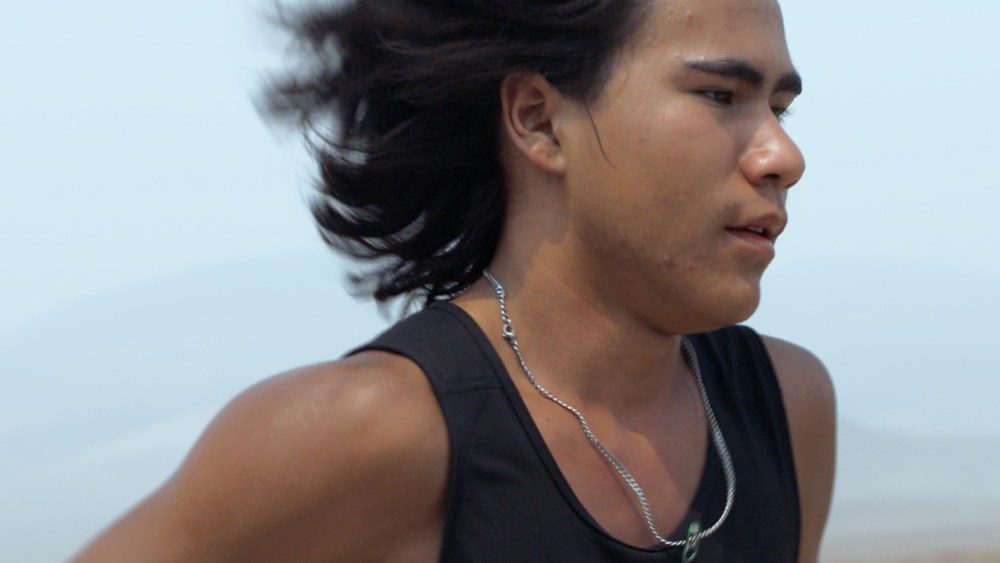Leave Native: A Journey Through Heritage and Healing
Documentary storytelling has increasingly focused on the historical and ongoing traumas faced by Native American communities, particularly regarding the abuse suffered by Indigenous children in church-run institutions and boarding schools. Recent productions, like Taylor Sheridan’s “1923” and the Oscar-nominated “Sugar Cane”, reflect these realities, shedding light on stories that are often overlooked. One such compelling narrative is presented in the documentary “Leave Native”, directed by Paige Bessman, which draws attention to personal and collective histories, emphasizing the need for continuous dialogue about these painful chapters.
Focus on Personal Narratives
Bessman’s film intricately weaves together the experiences of Ku Stevens, a character who embodies the struggles and aspirations of many Native Americans today. The film subtly shifts away from a traditional commentary on historical events and instead places its focus on Yu, a young athlete whose journey is inspired by the legacy of his great-grandfather, Frank Kin.
The Strength of Support
Yu’s parents play a pivotal role in his life, providing unwavering support as he pursues his dreams, particularly in competitive track running. Through his experiences on the track, viewers witness his growth and determination. A defining moment arises when Lupe Cabada, a coach who recognizes Yu’s talent, begins mentoring him, steering him towards opportunities that can elevate his athletic career.
Running as a Metaphor for Resistance
As Yu races through the expansive landscapes of Nevada, his journey becomes more than just a pursuit of victory; it becomes a means to connect with his ancestry and a reckoning with the past. A poignant moment in the film occurs when Yu reflects on the plight of other Indigenous youths with the haunting question, “Maybe they got tired of chasing him,” contrasted with the sad reality that many did not escape their fate.
Exploring Historical Context
The film does not shy away from the difficult questions surrounding the history of Native American boarding schools. An interviewee poignantly questions, “What schools have cemeteries?” This line captures the stark reality faced by many, as “Leave Native” presents an unflinching exploration of the survivors and their ongoing struggles—both emotional and physical—as they navigate the scars of their history.
A Dual Narrative
At its core, “Leave Native” presents a dual narrative, intertwining Yu’s personal aspirations with a broader community struggle. His desire to leave the confines of his rural environment and seek a more expansive life is deeply connected to the historical grievances of his people. This longing is poignantly contrasted with the accompanying loss felt by those who remain tied to these lands, leading to a reflection on the brain drain that such ambitions can create.
Remembrance Through Running
Framing his journey is Yu’s initiative to organize the Remembrance Run—a two-day, 50-mile cross-country race designed to honor the lost lives of Indigenous children taken by past atrocities. This event serves as both a physical challenge and a profound act of remembrance, retracing routes once traversed by his ancestors.
A Call to Action
Amidst the narratives, a participant eloquently states, “We can’t change the past, but I’m sure we can try and change that like hell.” This sentiment encapsulates the film’s central theme of resilience and the powerful acknowledgment that while the past cannot be altered, the future can be influenced through collective action and remembrance.
Concluding Thoughts
Ultimately, “Leave Native” conveys a powerful message about the importance of staying connected to one’s roots. The film suggests that embracing native identity and heritage can be empowering—characterizing it, at times, as the best form of resistance against historical injustices.


